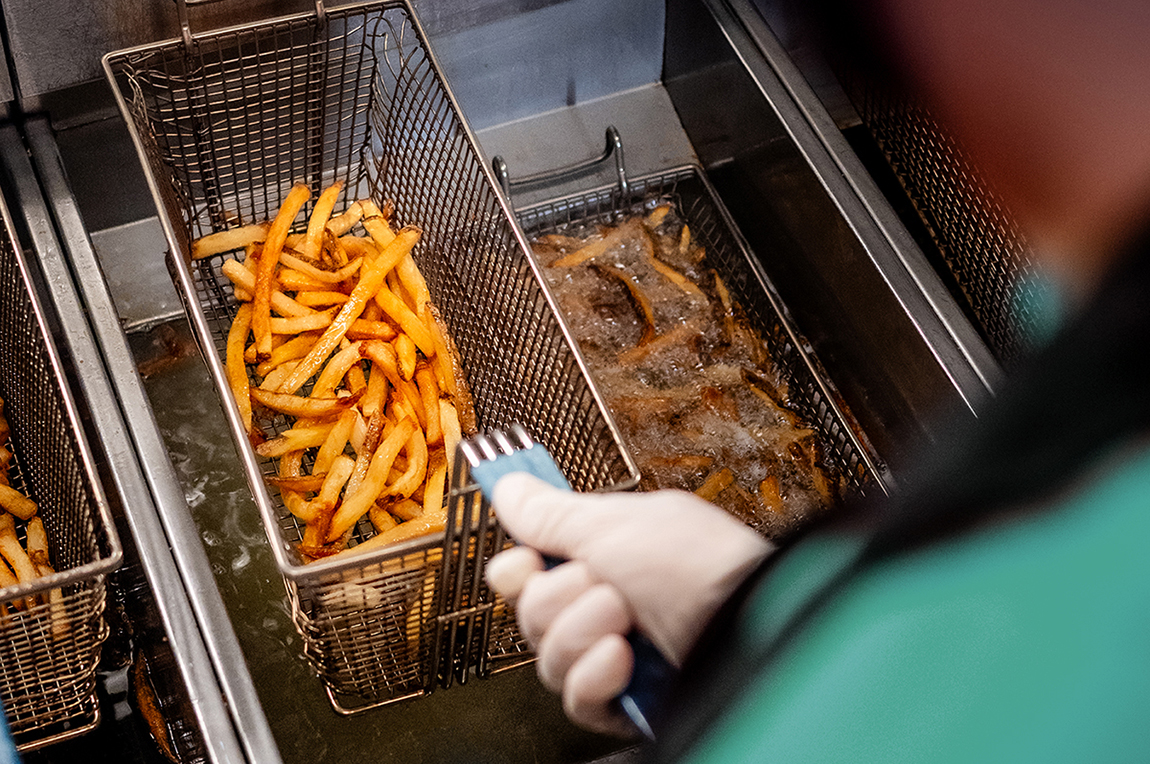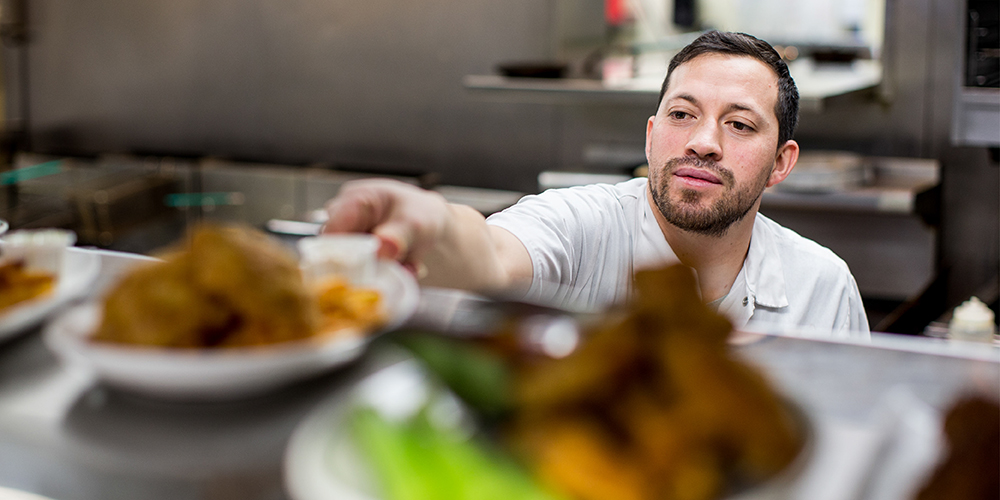
What are the true costs of COVID-19? The answer to this question is as diverse as the foodservice business affected by it. More than 100,000 restaurants have closed in the last six months because of coronavirus and 40 percent of operators say they are unlikely to stay in business another six months without additional government support.
The costs are coming from everywhere and to try and better understand how COVID-19 is affecting our industry, we asked some of our clients about their biggest impacts. This is what they said.*
A mountain of masks and gloves
The new accessory to everyone’s uniform has not come cheap. “We purchased three reusable masks for every employee,” one client said. “Set that at scale of a few thousand employees and it was a large expense.”
Another client said they only go through about a case of masks per month as most employees prefer to use their own masks instead of those provided by the business. This client added, however, that they believe masks will be here for a long time and that they have taken steps to make masks part of employees’ professional attire for the foreseeable future.
This same client also said they spend around $550 per store on gloves thanks to the fluctuation of the market. “Gloves used to be roughly $20 per case, now they are almost $100 per case,” he said. “We’re spending over 30 thousand a month on personal protective equipment and cleaning-related supplies.”
Finally, one vice president of operations said his company went back and forth for a long time weighing the benefits of cloth and disposable masks. They ultimately settled on disposable masks but allow employees to wear their own. The client said initial expenses related to masks were about $200 per location.
Sanitizer remains hard to come by
As coveted as masks, hand sanitizer has been hard to come by and expensive when it is acquired. One client said they spent about $300 per store on hand sanitizer for their increased sanitizer stations. Multiply this across their 55 locations and the total bill equates to $16,500. “We sanitize each location four times a day: before and after breakfast, after lunch and after dinner,” the client said. “This includes spraying and wiping all the common areas, tables, menus, etc.”
Another client echoed this increased cleaning frequency saying they’re cleaning their bathrooms every hour.
The total expenses matched another of our clients who figures they spent about $1,000 at each of their 32 locations on sanitizer and sanitizer stations. Ongoing, the client estimates they are spending about $400 per month at each location on hand sanitizer. “Hand sanitizer is tough to get and the price fluctuation of gloves has been crazy,” the client said. “We’re actually getting our hand sanitizer from a brewery.”
The client said they offered these buy-in programs to their franchisee owners as well and most took advantage of the opportunity. They said they plan to keep making these monthly purchases for the foreseeable future.
Social distancing depends
Many of our clients reported that social distancing depends on where your business operates.
“We’re not doing anything cute or clever regarding social distancing in our area because it’s not practiced here,” one client said. “All of our tables and booths are open to sit down in, no matter the spacing.”
Another client said they have adjusted in-store signage, tying concepts like social distancing and sanitization to their brand. They’ve also applied the social distancing strategy to leave space between booths with guests.
Unexpected perks and positives
While many businesses have locked down available financial capital to ride out the pandemic, some clients – particularly grocery stores – reported they were actually giving employees wage increases. These raises were designed to help employees face the pandemic-related challenges they were experiencing outside of work.
These wages are naturally dependent on the business’s financial health, which, clients report, isn’t always doom and gloom. “Believe it or not, some businesses, particularly retailers, are quietly having their best year ever,” the client said. “It’s a very interesting time in the market.”
*Nothing herein constitutes legal advice or other formal direction or guidance of any kind. The information offered herein is offered for general information purposes only.



